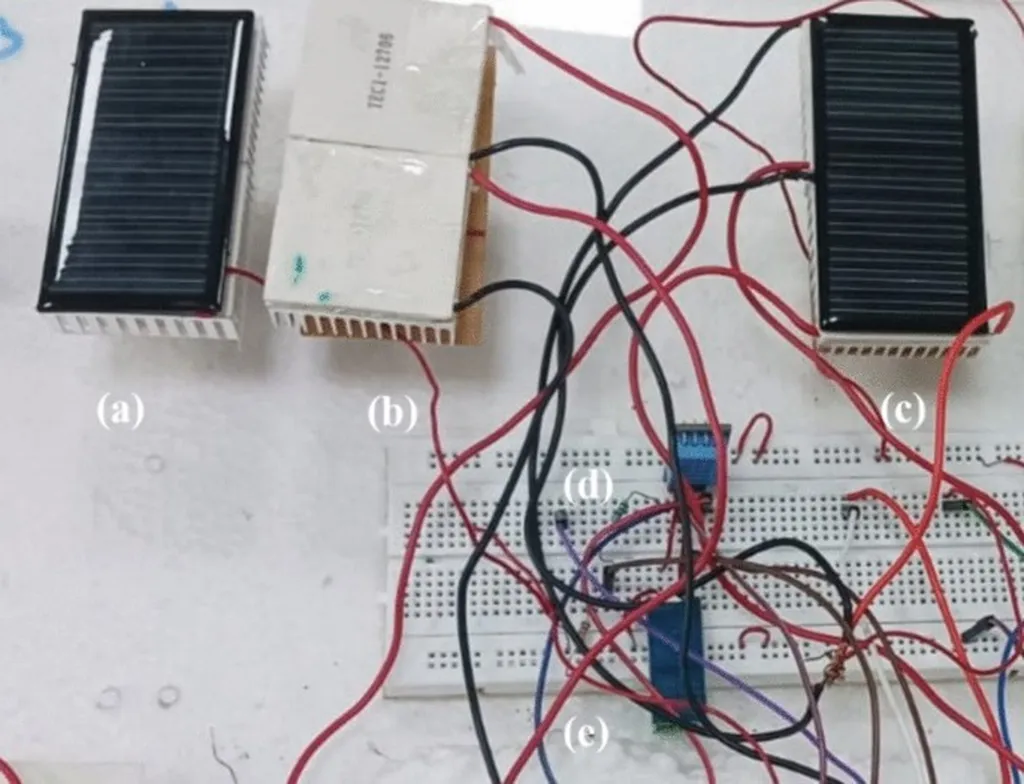In the quest to harness waste heat and improve energy efficiency, a team of researchers from the University of Toronto has developed an affordable and user-friendly system for measuring thermoelectric properties. Alex J. Oh, Colby J. Stoddard, Craig Queenan, and Seongshik Oh have created a setup that could make it easier for students and researchers to explore thermoelectric materials, which can convert thermal energy into electricity. Their work was recently published in the journal Review of Scientific Instruments.
Thermoelectric materials hold significant promise for capturing waste heat, a prevalent issue in energy-intensive industries. However, measuring their properties, such as the Seebeck coefficient and power factor, typically requires complex and expensive equipment, making it challenging for educational institutions and smaller research labs to engage in this field. The researchers addressed this barrier by developing a low-cost, efficient measurement system using Arduino and LabVIEW software. By enhancing the resolution of the Arduino through amplifiers and noise reduction techniques, they created a setup that can simultaneously measure key thermoelectric properties as a function of temperature.
The total cost of the system is approximately $100, making it an accessible tool for both educational and research purposes. The simplicity of the measurement protocols ensures that it can be easily integrated into student labs, fostering hands-on learning and experimentation. For researchers, this setup offers an efficient means to conduct thermoelectric measurements without the need for sophisticated and costly equipment. The practical applications of this work extend to the energy sector, where improving the efficiency of thermoelectric materials can lead to better waste heat recovery and more sustainable energy practices.
The research, titled “Efficient and affordable thermoelectric measurement setup using Arduino and LabVIEW for education and research,” was published in the Review of Scientific Instruments, providing a valuable resource for educators and researchers in the field of thermoelectrics. This innovative setup has the potential to democratize access to thermoelectric measurement technology, accelerating progress in this critical area of energy research.
This article is based on research available at arXiv.

